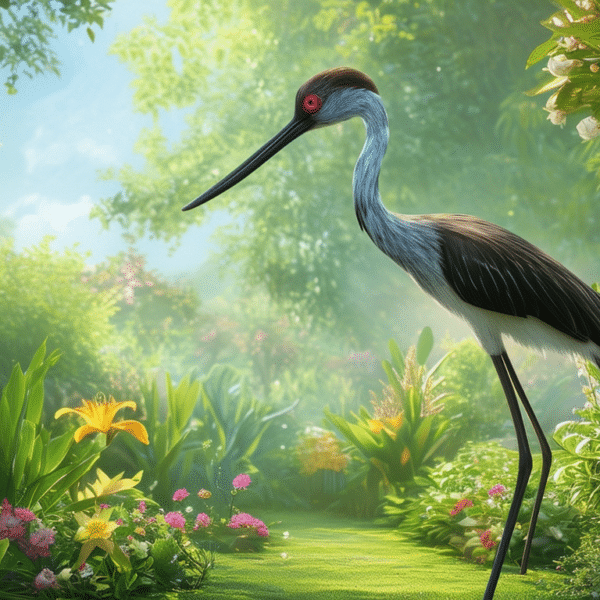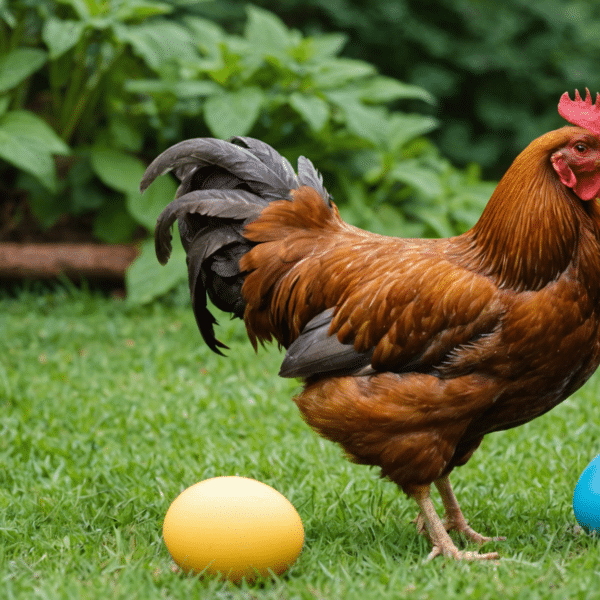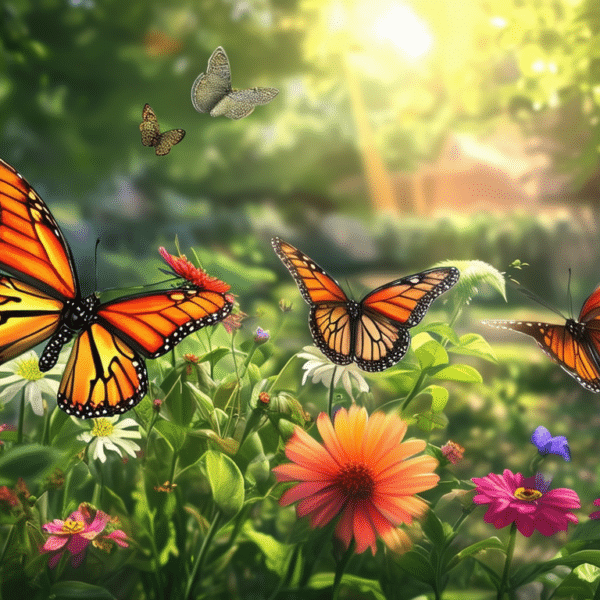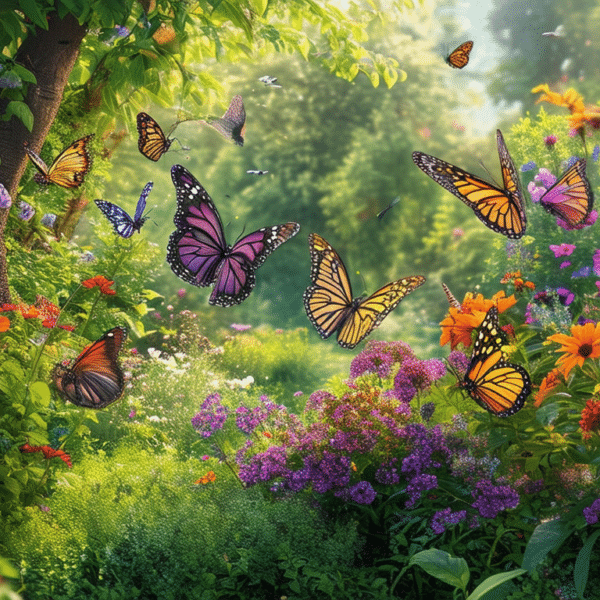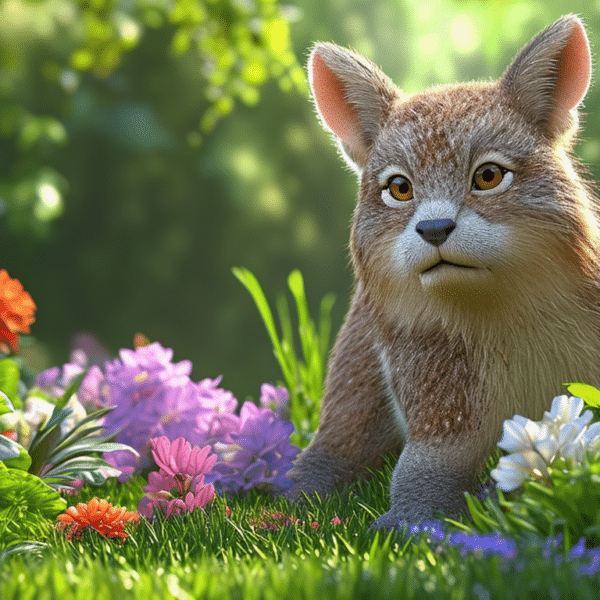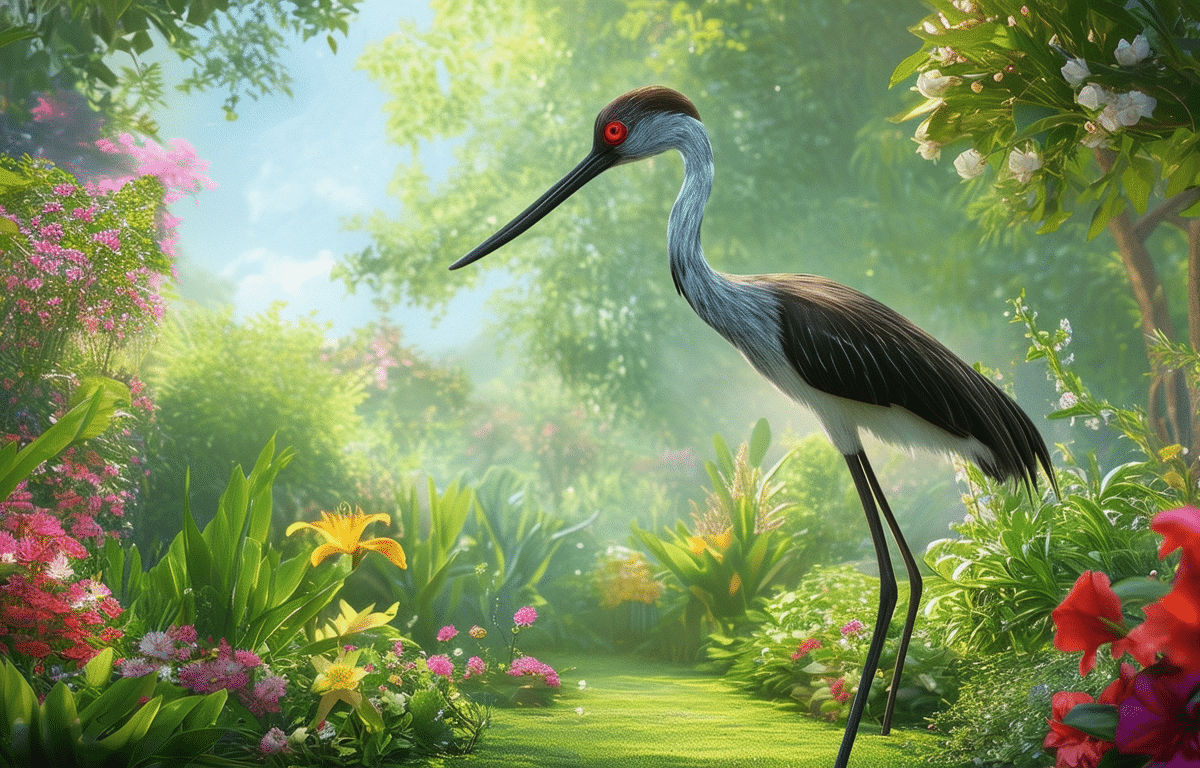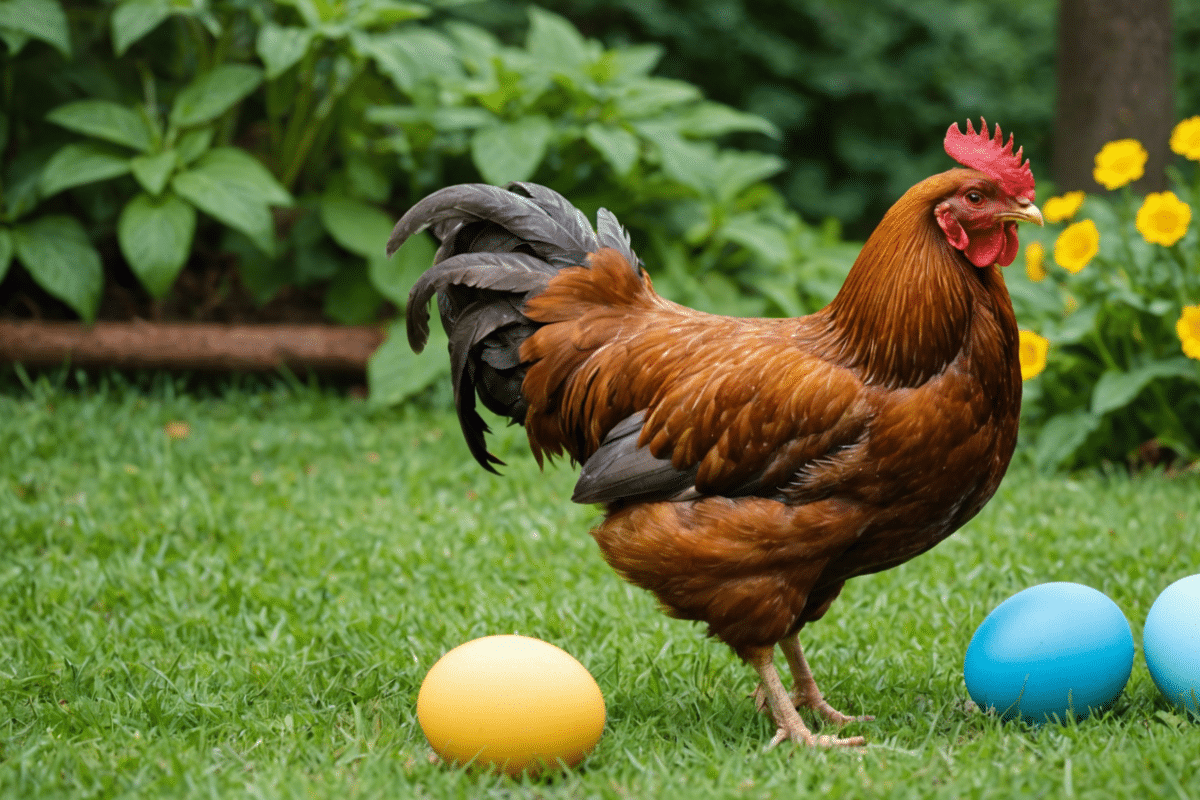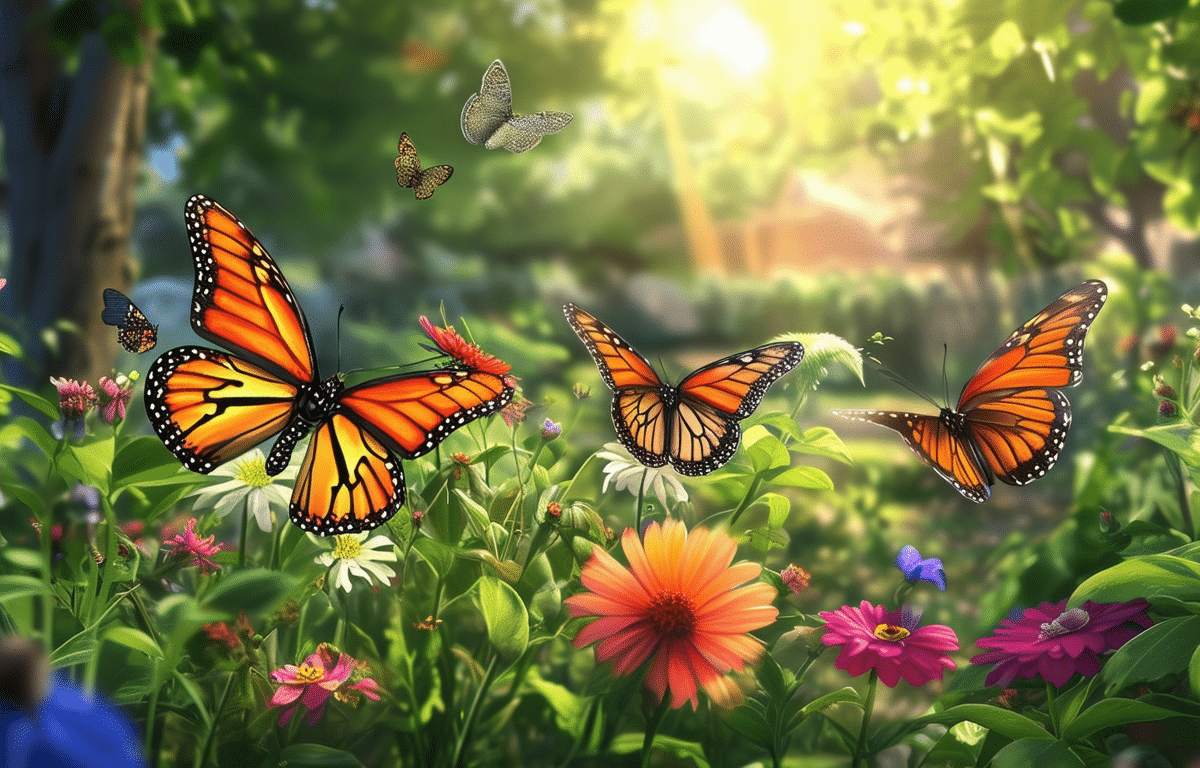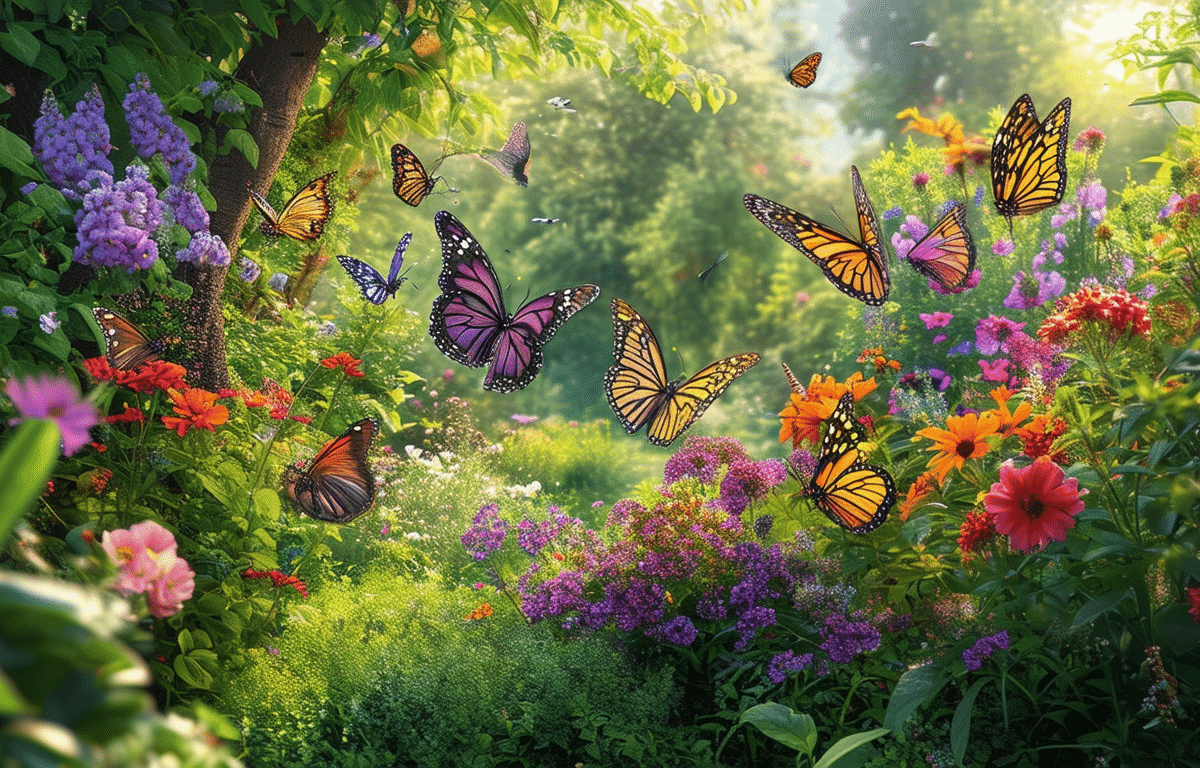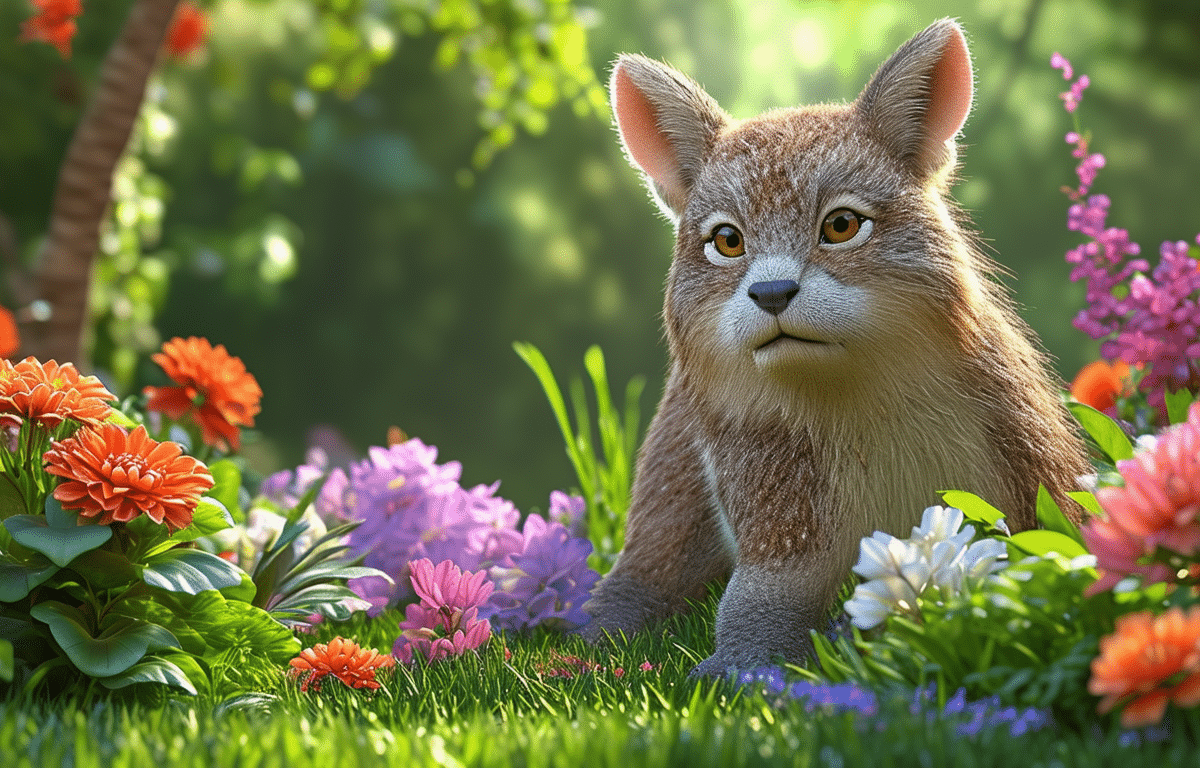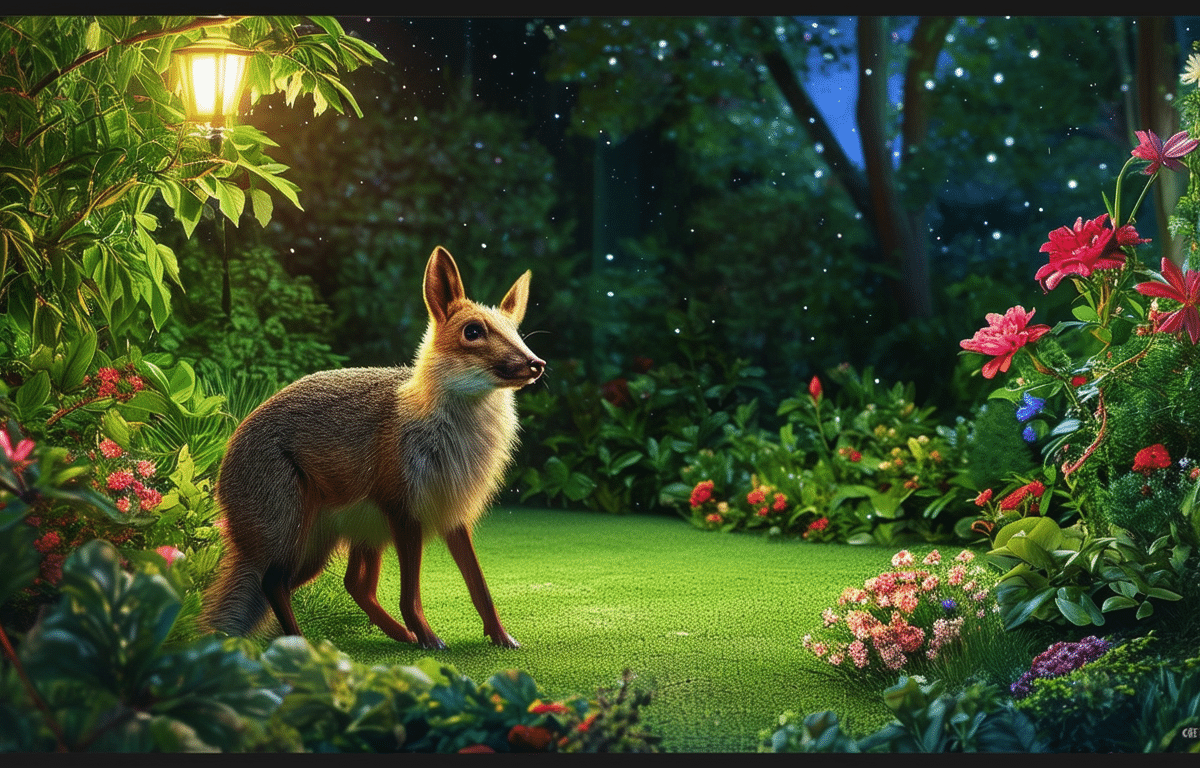Content
Creating a haven for toads in your garden is not only a delightful project but also an essential step towards fostering biodiversity. These amphibians are beneficial allies in maintaining the ecological balance, as they consume a vast array of pests that could otherwise damage your plants. Here’s how to encourage these charming creatures to take up residence in your outdoor space.
Understanding the Toad’s Role in Your Garden

Toads are often overlooked, yet they play a pivotal role in controlling insect populations naturally. A single toad can consume thousands of insects during the growing season, including slugs and beetles that are harmful to gardens. By providing shelter for toads, you’re essentially hiring a diligent pest control manager who works around the clock.
Selecting the Right Location
The first step in creating a sanctuary for toads is choosing an appropriate location. Toads prefer cool, moist environments with plenty of shade. Identify a spot in your garden that is somewhat secluded and has low foot traffic. This will give the toads a sense of security and encourage them to stay.
Building a Toad Abode
A toad abode can be as simple or elaborate as you wish. You can use broken pots, hollowed-out logs, or create custom shelters using stones or bricks. The key is to ensure that the shelter is sturdy and provides a cool, damp retreat from the heat of the day. Leave an entrance just big enough for a toad to enter, and consider partially burying the structure to mimic natural conditions.
Incorporating Native Plants
Native plants are not only vital for local ecosystems but also provide excellent cover and hunting grounds for toads. Consult resources like Audubon Native Plants and Trees to select flora that will thrive in your region and support local wildlife. Dense foliage and ground covers offer ideal hunting spots for nocturnal toads on the prowl for insects.
Maintaining Moisture Levels
Toads need moisture to survive, so it’s crucial to keep their habitat damp but not waterlogged. Incorporating a small water feature or simply ensuring that there’s a shaded area where the soil remains moist can make all the difference. Be mindful of water quality; avoid using chemicals and pesticides in areas where toads are likely to live.
Creating a Mini-beast Hotel
Beyond just providing shelter for toads, consider building a mini-beast hotel in your garden. This structure can attract a variety of beneficial insects and small creatures that serve as food sources for toads. Use natural materials like bamboo, straw, and wood, and stack them in layers to create nooks and crannies for different species.
Planting for Pollinators
While focusing on creating a paradise for toads, don’t forget about pollinators like bees and butterflies. Selecting plants known to attract these insects will not only beautify your garden but also provide an additional food source for your amphibian guests. The presence of these pollinators will enhance plant health and contribute further to the diversity of your garden ecosystem.
Incorporating these elements into your garden design not only benefits the local wildlife but also enriches your own experience as a nature enthusiast. With patience and care, you’ll soon enjoy the sights and sounds of a thriving garden ecosystem complete with its very own resident toads.


